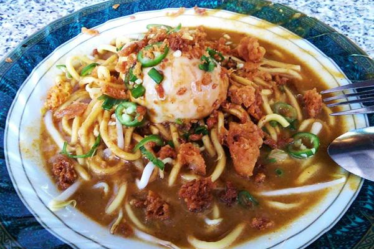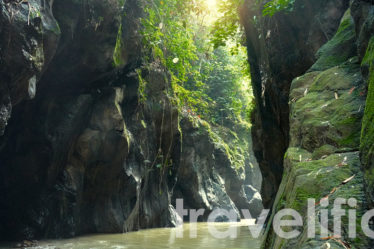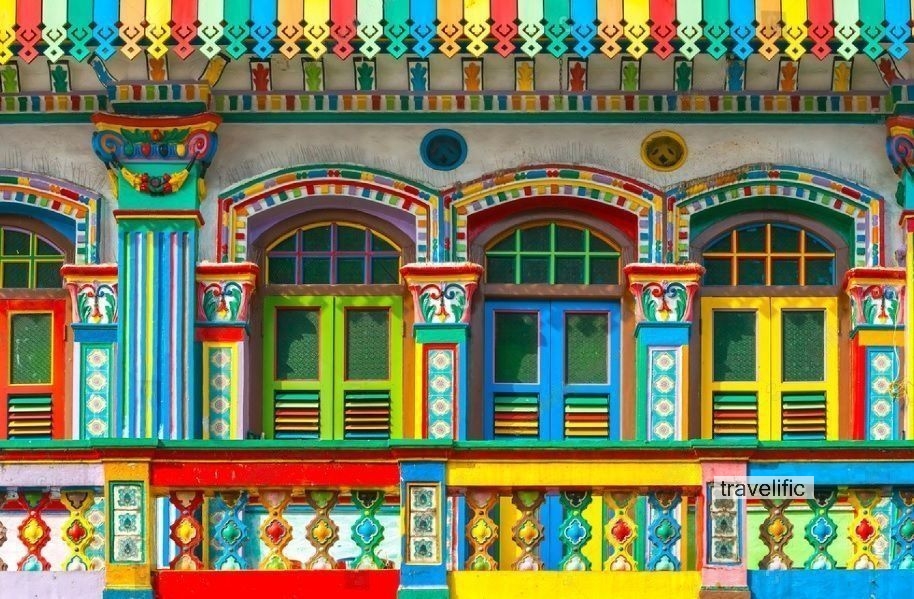
Explore Penang´s colonial charms and join in the festive Deepavali mood in Brickfields´ Little India.
AS far as places of interest go, two places which are a must visit for travellers are Penang and Brickfields, Kuala Lumpur.
Interestingly, both are transportation hubs with good food, interesting architecture and reminders of the country’s colonial past.
They can also be easily explored on foot, thanks to walking maps which are easy to follow and are available free of charge from local tourist centres.
Famous for its good food and hospitality, Penang´s rich historical heritage is a big part of its charm. Amazingly, it has retained several magnificent buildings, structures and monuments which are best accessed on foot.
One of the oldest Indian enclaves in the country, Brickfields was not only the centre for the manufacture of bricks in its illustrious past, it also served as a railway depot when Malaya was under British rule.
Today, the depot has been transformed into KL Sentral, a thriving railway and transportation hub, while Brickfields itself has undergone a makeover, with new hotels springing up in the area.
One area that received a major sprucing up recently was Little India. The buildings were repainted and celebratory arches erected along its street. A welcome sight is the new brick-paved Jalan Tun Sambanthan, a nod to the area´s historical past as the centre of brick-making.
Little India Walk
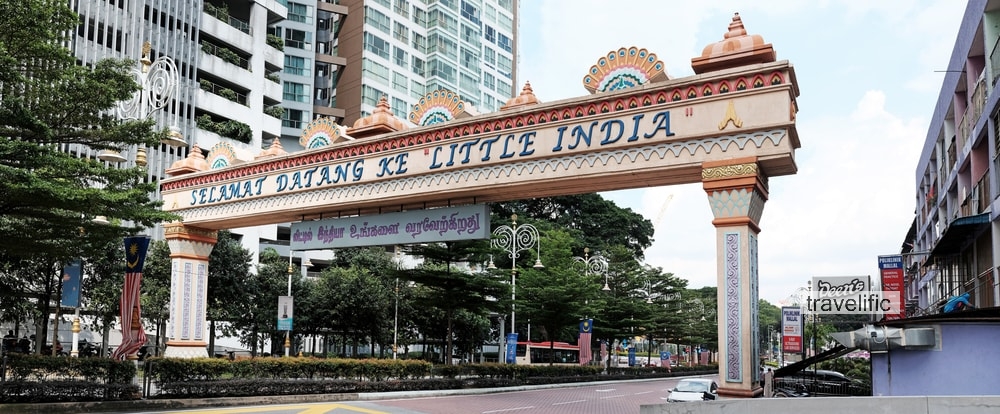
Deepavali is in the air in Little India, Brickfields, which spans from Jalan Travers to Jalan Tun Sambanthan. Take a walk along Jalan Tun Sambathan and you will be greeted by a host of makeshift marquees sheltering a variety of goods and edibles that are part of Indian culture and custom. From clothing and accessories to footwear and food, they are just too alluring for locals and tourists to ignore.
At the start of the street (the junction in front of Sri Kota Supermarket), a colourful elephant fountain makes an interesting visual announcement of the coming festival. Shoppers looking for bargains mill around the stalls which sell everything from home decorations and popular snacks such as muruku and biscuits, to colourful garlands and 3-D paper cut-outs.
Clothing and accessories are other distractions that attract shoppers. For women, the area is a fashion gold mine with bargains on Indian inspired fashion and accessories. Although fashion choices for men are more limited, there are some footwear stalls and shirt stalls.
For tourists, it is a wonderful opportunity to get immersed in Indian culture firsthand and to learn more about Deepavali, the Festival Of Lights, when they mingle with the shoppers and vendors who will only be too happy to explain the significance of the occasion. There´s no better time than the present to experience the colours, sights and flavours that make Indian culture so exotic and interesting.
Historical Penang Walk
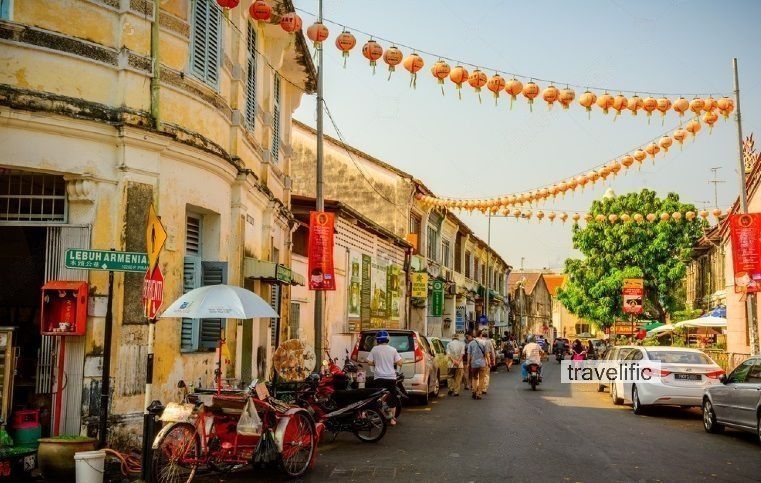
Picturesque Penang is a dream destination for history buffs because of its buildings and structures which date back to the colonial period.
This is particularly true of Georgetown which has retained many of its colonial structures and street names, deservedly earning itself Unesco World Heritage status.
Light Street, named after Captain Francis Light who founded Penang in 1786, has plenty of colonial flavour. The street is one of the four original streets of the Georgetown of yesteryear, the other three being Beach Street, Pitt Street and Chulia Street.
Many of the buildings and structures along this route can be linked to the life and times of Light and are a quick history lesson on Penang in the days when it was known as Prince of Wales Island
Light Street is easy to explore on foot because it is a straight road lined with historical structures. For instance, if you walk towards town from Swettenham Pier, you will come across the Victoria Memorial Clock Tower and, a few metres away is Fort Cornwallis, just before you reach the Esplanade.
As you progress along the route, other buildings of interest you will come across include the State Assembly Building, and the Town Hall along Jalan Padang Kota Lama, then the historic E&O; Hotel on Farquhar Street, and Cathedral of The Assumption, the first Catholic church.
